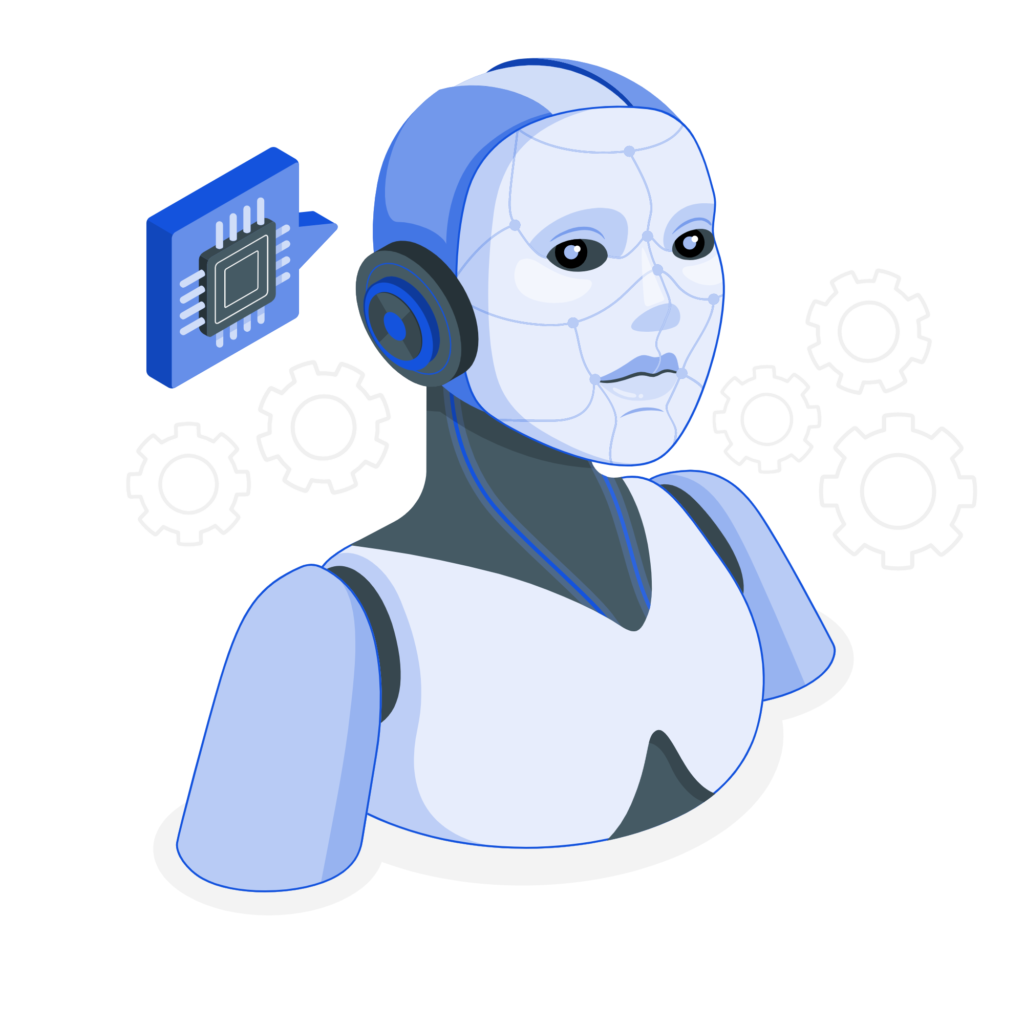- eunisamtech
- ai, artificial intelligence, cloud computing, machine learning
- 0 Comments
- 808 Views
The emergence of AI (Artificial Intelligence) can be traced back to the mid-20th century, when researchers began exploring the possibility of creating machines that could simulate human intelligence. The term “artificial intelligence” was first coined in 1956 by computer scientist John McCarthy, who organized a conference on the subject.
In the early days, AI research focused on creating rule-based systems that could perform simple tasks such as playing chess or solving math problems. These systems relied on hand-coded rules and were limited in their ability to learn and adapt to new situations.

n the 1980s and 1990s, the field of AI experienced a resurgence with the development of machine learning algorithms that could analyze data and learn from it. This led to the development of expert systems that could diagnose medical conditions or provide financial advice, and neural networks that could recognize patterns in data.
In the early 2000s, with the availability of large amounts of data and powerful computing resources, AI research began to accelerate. Researchers started to use deep learning algorithms to train neural networks with vast amounts of data, leading to breakthroughs in computer vision, natural language processing, and speech recognition.

Today, AI is being used in a wide range of applications, from self-driving cars to virtual assistants to personalized marketing. AI systems are also being used to tackle complex problems in fields such as healthcare, finance, and climate science.
While AI has come a long way since its early days, there are still many challenges that need to be addressed, such as ensuring that AI systems are transparent and fair, and that they operate in an ethical and responsible manner. As AI continues to evolve, it will be important to balance its potential benefits with the need to address these challenges.









Recent Comments